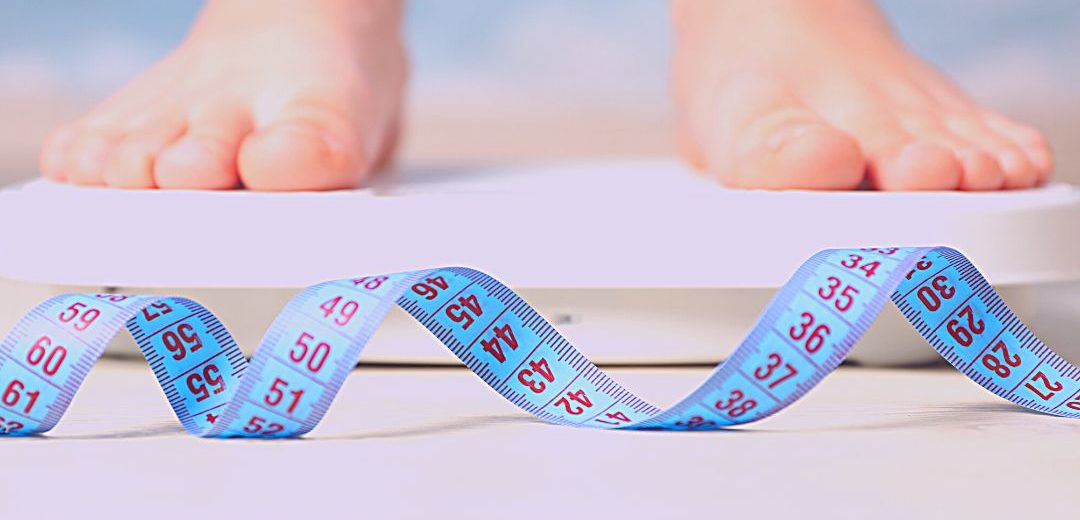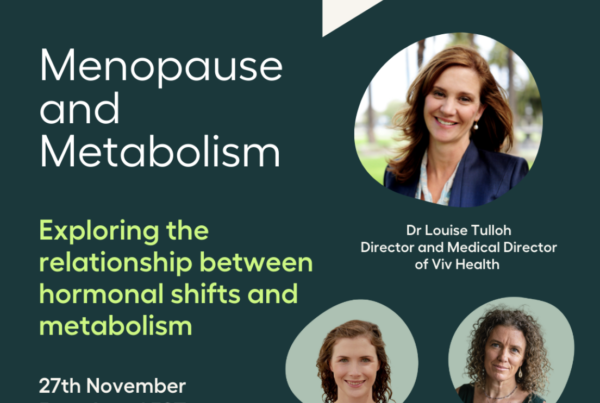One kilo a year adds up over a decade.
For decades, you were a comfortable size 10 (or 12, 14 etc); your weight stayed pretty much the same, give or take a kilo, and you thought very little about what you ate until your pants got too tight. That’s weight creep: a slow and subtle increase in weight that’s often overlooked until it becomes a noticeable issue. It can be particularly frustrating for women who have maintained a stable weight throughout their lives and find themselves gaining weight without having made significant changes to their diet or exercise routine.
Judy Davie, The Food Coach
During menopause, hormonal and metabolic changes can literally tip the scales. But it doesn’t mean you have to go on a rigid diet and count calories forevermore; it does mean you have to be more careful about what you eat, which, in the long term, is good insurance for living a longer, healthier life.
What causes weight creep?
Hormonal Changes: Hormonal fluctuations that occur during menopause, primarily a decrease in estrogen levels, can impact metabolism by changing insulin sensitivity and thereby fat distribution, increasing abdominal fat storage.
Metabolic Changes: Aging itself can result in a slower metabolism, as muscle mass tends to decrease with age. A slower metabolism means that the body burns fewer calories at rest, making it easier to gain weight.
Insulin Resistance: Both aging and menopause increase insulin resistance, which can lead to weight gain, particularly around the midsection.
Poor Sleep: Menopausal symptoms like hot flashes and sleep disturbances affect our sleep, which in turn impacts dietary choices, hormones and physical activity levels.
Stress: Many women experience increased anxiety and stress during midlife, which impacts hormones and can lead to changes in eating patterns, an increased preference for comfort foods and alcohol, all contributing to weight gain.
Inactivity: Sometimes life gets in the way of our best intentions and we just don’t get the physical activity we need.
How to stop and reverse the creep?
The odd kilogram a year adds up over a decade, so it is worth trying to keep on top of things.
Hormone Replacement Therapy (HRT) is a great place to start and stop further weight creep although it is never going to work as a solo weight loss strategy. By replacing estrogen and progesterone with their body-identical equivalents, you can reduce the symptoms of menopause, reduce stress, improve the quality of your sleep, and slow the effects of muscle atrophy on metabolic health.
Cut out what you don’t need from your diet.
If you’ve never examined your diet in the past, this exercise can be quite revealing.
Write down everything you eat and drink over a typical 4–5-day period.
- What are you eating outside a healthy diet made up of vegetables, fruit, lean protein, good quality fats, beans, pulses, and low GI whole grains?
- What are you drinking other than water?
Make a list of everything that falls outside the dietary essentials and work out what you can cut out or cut back on? For good health, excess sugar, processed carbohydrates like biscuits, pastries and bread, processed meats and alcohol are great places to start.
Exercise within the fat-burning zone.
You know you need to stay active; you may already walk 10,000 steps a day or work out for 150 minutes a week, but to reverse weight creep and burn fat, aim to exercise within the fat-burning zone ( zone 2). Your fat-burning heart rate is roughly 70 percent of your maximum heart rate for most women. Your predicted maximum heart rate is 220 minus your age. Those of you with a wearable fitness tracker will be able to check your heart rate to maintain this range, while those without should aim to exercise at an intensity where you maintain a slightly out-of-breath conversation or can comfortably nose breathe while you workout.
Strength training can help preserve muscle mass and boost metabolism, while cardiovascular exercises improve overall fitness.
Intermittent fasting and time restricted feeding
Intermittent fasting, especially for women, can be a highly effective weight management tool. Both the 5:2 approach and restricted eating windows create a calorie deficit for weight loss but also initiate cellular repair mechanisms and support longevity, provided that a balanced diet is maintained over the space of the week.
Both these methods can fit within a busy lifestyle and are therefore sustainable as weight management strategies over the long-term.
viv has partnered with The Food Coach Courses, who deliver a six-week program involving the 5:2 fasting approach – two non-consecutive days of restricting calorie intake to 500 calories while maintaining a healthy diet on the remaining five days. These Lighten Up courses offer a 5:2 fasting program inclusive of menus, recipes and shopping lists, in addition to loads of lifestyle information, seasonal recipes, and weekly challenges to help you build healthy, lifelong eating habits.
Each season, a new program will be launched to help you push back that weight creep!
Available through www.thefoodcoachcourses.com.au
This information is for general educational purposes only and does not constitute medical advice. Please see your health professional for advice that is personalised to you.
Key Take Aways
A kilo a year adds up over a decade.
Hormonal changes, metabolic health, calorie excess, inactivity and other lifestyle factors all contribute to weight creep.
It is worth trying to stay ahead of the creep!






